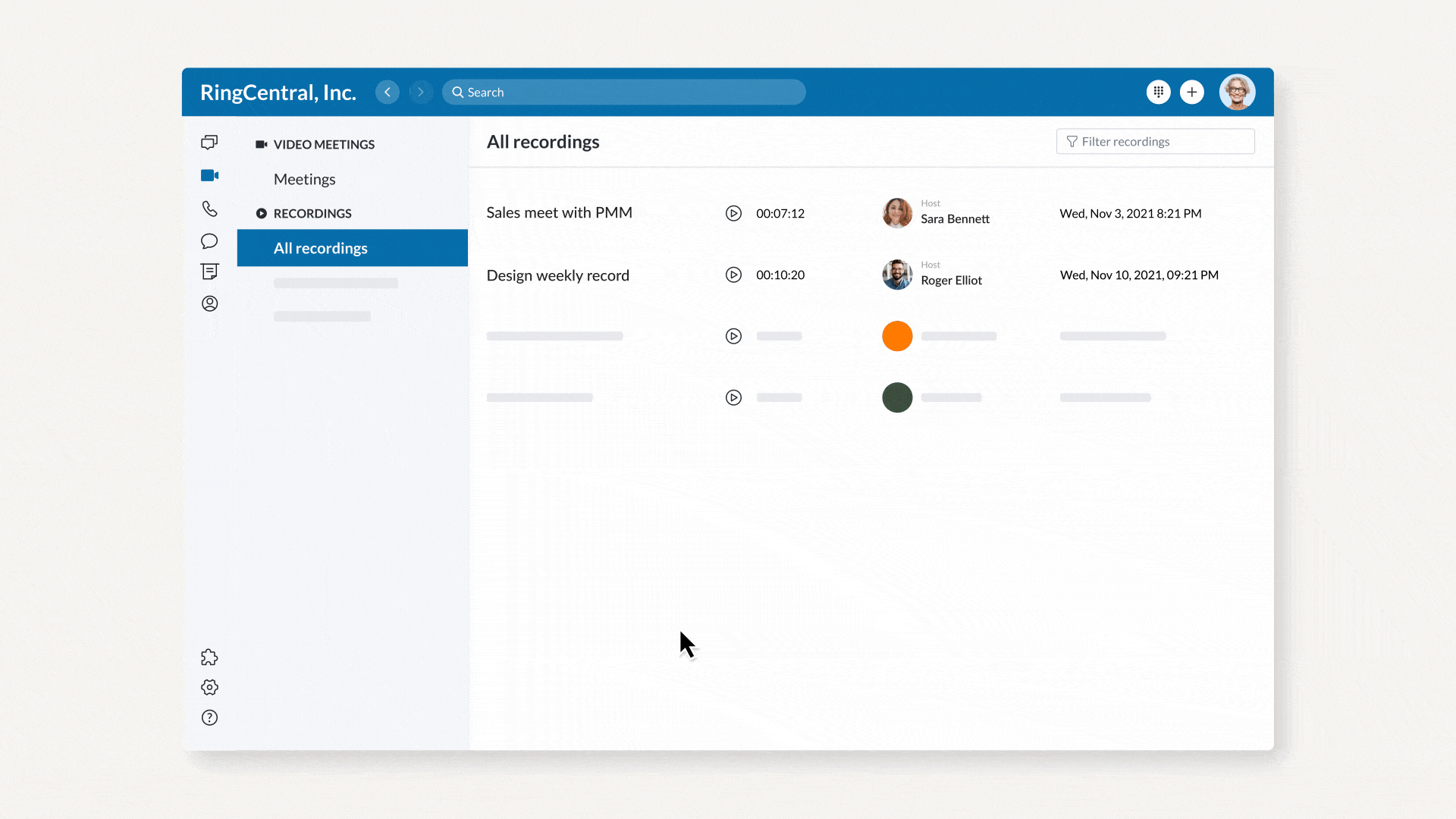
Google Voice is a neat addition to the world of online telephony. It offers a wide range of features that have either been out-of-reach for the home telephone user or difficult to implement. The ability to listen in on a screened call or record calls are features that might not have daily applications but are highly practical and convenient.
It wouldn’t be at all surprising to see a number of these features become standard in the near future for residential use. For businesses, however, they’re more a case of almost-but-not-quite. Without the flexibility and features of a full business package, Google Voice doesn’t quite deliver everything most businesses require.
A proper communications package for business needs to integrate with how firms actually operate. In addition to allowing companies to craft every aspect of their interaction with customers, business phone systems must also chart and manage customer call traffic. This goes beyond voicemail to actually tracking both where calls came from and the results of each conversation. This sort of data can be vital to marketing and sales teams, which need to know why customers are calling and why they are (or aren’t) buying. Failing to capture this data makes it much harder to duplicate successes and avoid repeating mistakes.
The best packages also work with the software you use to run your business. Being able to make calls directly from Outlook, for instance, can be extremely useful for people on the go. But because a business owner can’t rely solely on his or her mobile phone – since batteries die and signals get weak – the ideal business phone service allows users to make calls from any phone. And because many corporate documents still require an actual signature, online faxing is yet another important business communications feature.
The combination of a professional image, data-capturing functionality and flexibility makes a telephony package business-grade. Without that integration of services in its communications system, a business will be operating at a noticeable deficit in efficiency and professionalism.
Photo credit: comedy_nose
Originally published Mar 30, 2009, updated Jul 23, 2024




